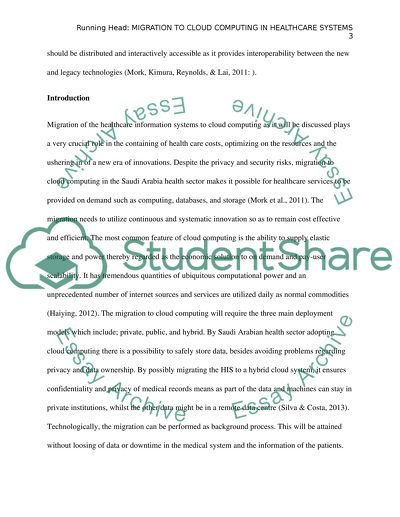Cite this document
(“Migrating Health Information system to cloud computing : an experience Assignment”, n.d.)
Retrieved from https://studentshare.org/information-technology/1472386-migrating-health-information-system-to-cloud
Retrieved from https://studentshare.org/information-technology/1472386-migrating-health-information-system-to-cloud
(Migrating Health Information System to Cloud Computing : An Experience Assignment)
https://studentshare.org/information-technology/1472386-migrating-health-information-system-to-cloud.
https://studentshare.org/information-technology/1472386-migrating-health-information-system-to-cloud.
“Migrating Health Information System to Cloud Computing : An Experience Assignment”, n.d. https://studentshare.org/information-technology/1472386-migrating-health-information-system-to-cloud.


